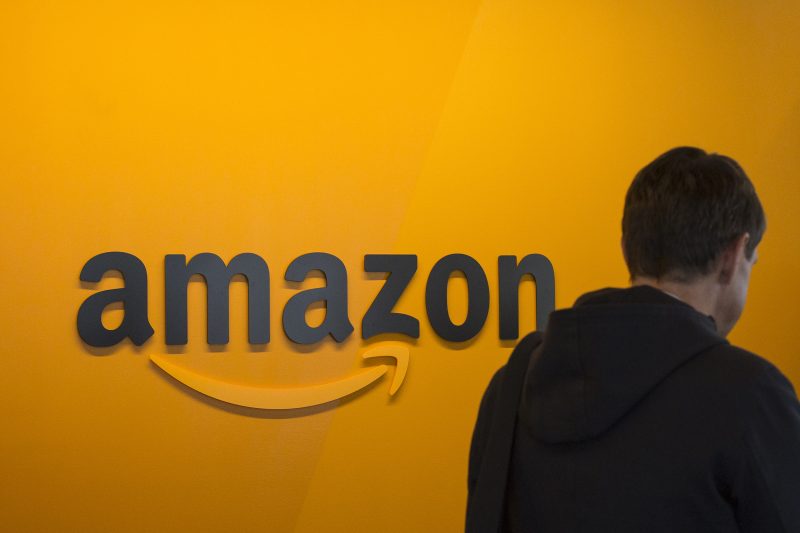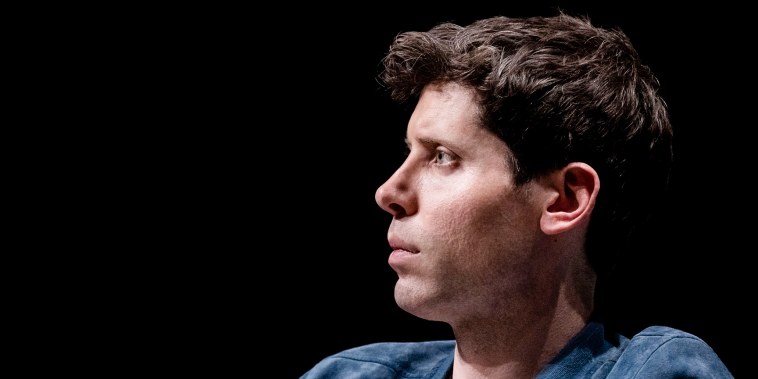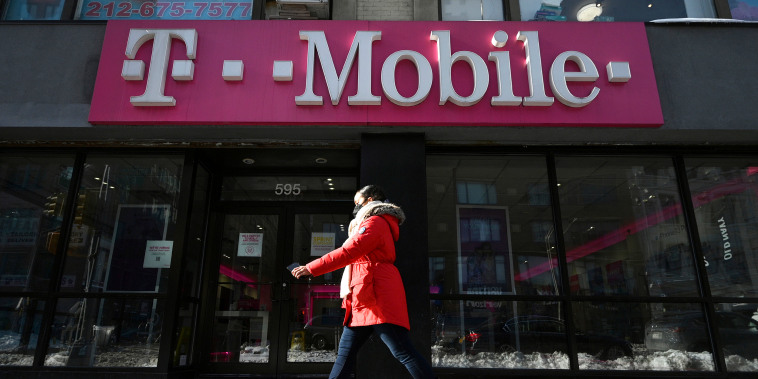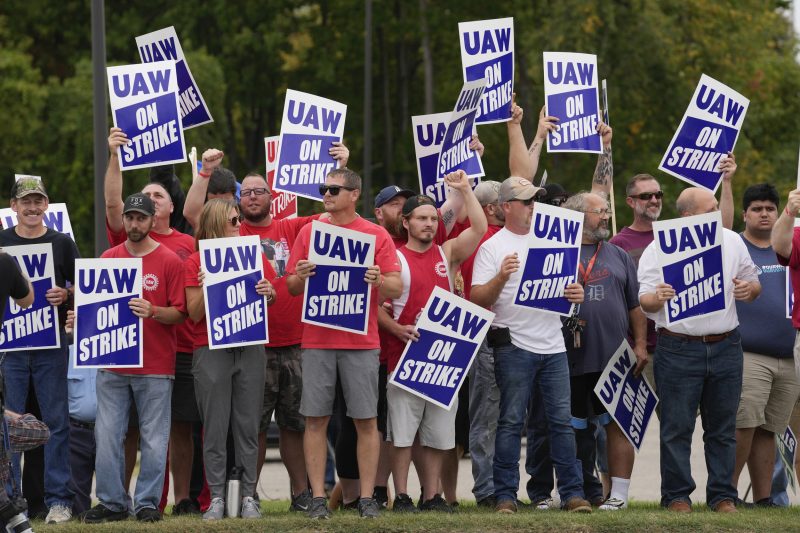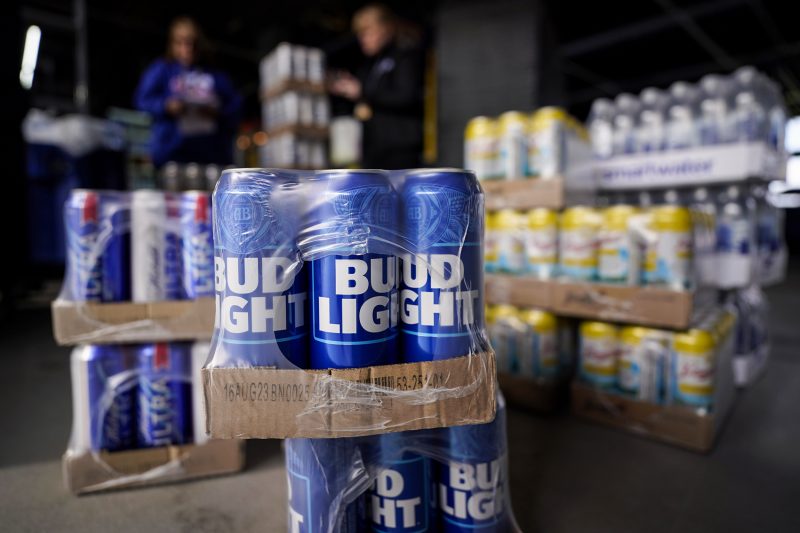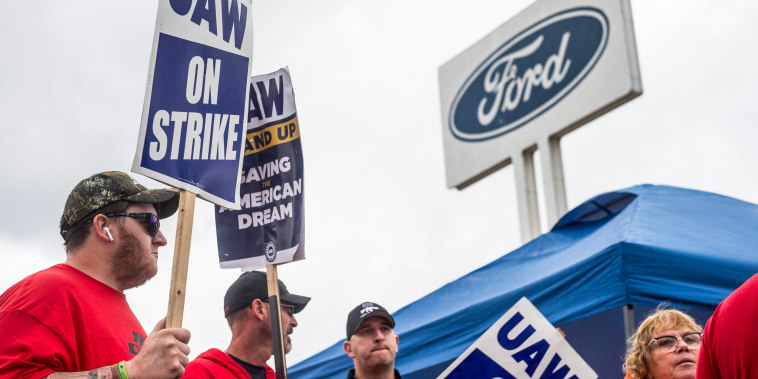
This year’s post-pandemic travel boom is continuing into the holidays.
Nearly half (48%) of Americans plan to travel between Thanksgiving and mid-January, up from 31% last winter, a recent Deloitte survey found. AAA expects 55.4 million travelers to venture at least 50 miles from home during the Thanksgiving period alone, a 2.3% increase from last year.
That means if you’re hitting the roads or the slopes this season, you’ll have lots of company. Here’s what to expect as you pack your bags for a winter getaway or to visit loved ones.
Airline ticket prices are falling even as more Americans intend to fly.
Deloitte found 33% of holiday travelers plan to take a domestic flight, up from 29% last year. Despite the strong demand, airfares were more than 13% cheaper last month than at same time a year ago, federal inflation data shows.
Domestic tickets are expected to be noticeably cheaper this season. Round-trip flights within the United States are set to average $268 during Thanksgiving (an annual decline of 14%) and $400 around Christmas (down 12%), according to the booking platform Hopper.
It’s more of a mixed picture for foreign getaways, for which Deloitte foresees softer demand.
Hopper expects international airfares to ease over the Thanksgiving holiday versus last year, but popular destinations in Mexico and the Caribbean are set to stay 5% to 11% higher than before the pandemic. And global flights around Christmastime are generally expected to stay elevated, according to Hopper, “with fares to all destinations outside the Caribbean and Oceania higher than 2019 and 2022 prices.”
Airlines and aviation officials sound confident about handling the holiday crush. While major U.S. carriers — including American, Delta and United — expect record passenger numbers this Thanksgiving, many are touting their readiness for the season.
“We are now so much better prepared for these extreme weather events,” Southwest’s chief operating officer, Andrew Watterson, told investors on a recent earnings call, referring to the carrier’s holiday meltdown last December.
American Airlines is reassuring customers that it “has been running the most reliable operation of any U.S. network carrier for the past 14 months.” And United unveiled a new boarding process last month that it says should speed up the process.
The entire industry was snakebit from last year’s debacle, and airlines have adjusted their operations accordingly.
SCott Keyes, Founder of Going
Track records for flight cancellations and missing luggage have improved ahead of the holidays. About 1.7% of flights were canceled during the first eight months of this year, much better than the 3.0% rate for the same eight-month period last year and 2.3% in the comparable stretch of 2019, the Department of Transportation reported. And in August, the latest month with available data, the mishandled baggage rate dropped to 0.61% from 0.75% the month before.
A broader push to streamline and automate operations “will continue to help curb mishandling as we approach the holiday season,” said Nicole Hogg, head of baggage for SITA, an air transport IT company. But travel experts still suggest adding an AirTag or other digital tracking device to your luggage, especially during busy travel periods.
“Mother Nature will cause some number of cancellations, guaranteed,” said Scott Keyes, the founder of the airfare tracking site Going. But he noted that “cancellations caused by the airlines — the most galling for travelers — are at multiyear lows” and added that many carriers have bulked up on pilots, planes and staff.
“The entire industry was snakebit from last year’s debacle,” Keyes said, “and airlines have adjusted their operations accordingly.”
More holiday travelers are set to book rooms than exclusively bunk with friends or family this year. Deloitte found 56% plan to stay in hotels, a sharp jump from 35% in 2022.
That could push up room rates, which were already 0.8% pricier in October than the year before. Jan Freitag, director of hospitality analytics at the commercial real-estate research company CoStar, said this season’s strong travel numbers will likely nudge Christmastime room rates above last year’s levels. In the first full week of November, they were up 4% in the U.S. from the same week a year ago, averaging $156 per night, CoStar said.
Price-conscious Christmas travelers might want to “book early to lock in lower rates, shorten their trips or trade down to a different class of service,” said Freitag, or else take their chances with last-minute reservations. Inventories will be slimmer in the eleventh hour, but hotels may still cut prices on unsold rooms.
Baby boomers, who represented just 21% of those traveling during the holidays in 2022, are expected to make up 29% of travelers this year, Deloitte projects.
“Last year, older Americans were more likely to cite potential travel disruption and health as reasons to avoid travel,” said Steve Rogers, managing director of Deloitte’s Consumer Industry Center. “But this year, inflation, health and travel disruption concerns may have eased, and boomers are making up for lost trips.”
Inflation, health and travel disruption concerns may have eased, and boomers are making up for lost trips.
Steve Rogers, manager director of Deloitte’s Consumer Industry Center
Gen X travelers will also comprise a greater share of holiday travelers, Deloitte said, growing from 26% last year to an expected 29% this season. Millennial and Gen Z travelers, by contrast, are expected to fall back a bit — with millennials going from 36% of holiday travelers last year to 31% this year, and Gen Zers from 14% to just 8%.
How much each age group shells out over the holidays remains to be seen. The market research firm Future Partners found in a survey last month that boomers tend to have bigger full-year travel budgets — of around $4,408, above the $3,785 national average. However, PwC expects older travelers to trim their holiday travel spending by 22% since last year, partly so they can take more trips throughout the year.
“On the flip side,” said Jonathan Kletzel, PwC’s airline and travel practice leader, “Gen Z is making the biggest increase in their [holiday] travel spending, landing around 23% higher than last year.”
This year 75% of holiday travelers plan to use credit cards to cover at least part of their expenses, according to a recent NerdWallet/Harris Poll survey, even though about 8% of those who charged holiday travel costs last year are still paying them off.
Americans have piled on credit card debt this year even as rates have surged. But stiffer interest fees appear to be making some holiday travelers a bit more cautious than last year, when 85% put at least some holiday travel costs on plastic, NerdWallet found.
“One way travelers are finding balance between the experiences they want and an increase in costs is through points and customer loyalty programs,” said Kletzel.
A Morning Consul report this month backed that up, showing across-the-board jumps in consumers planning to use rewards for bookings at hotels, travel companies and airlines this season. The share of those making points-based travel reservations through credit card programs rose 13% this Thanksgiving from last year and 9% for the winter holidays.
“A lot of people are sitting on more credit card rewards and/or hotel points than they realize, and about a quarter didn’t redeem any over the past year,” said Ted Rossman, a senior industry analyst at Bankrate. And because travel points typically don’t gain value once netted, he said, “it makes sense to earn and burn rewards strategically.”
This post appeared first on NBC NEWS
